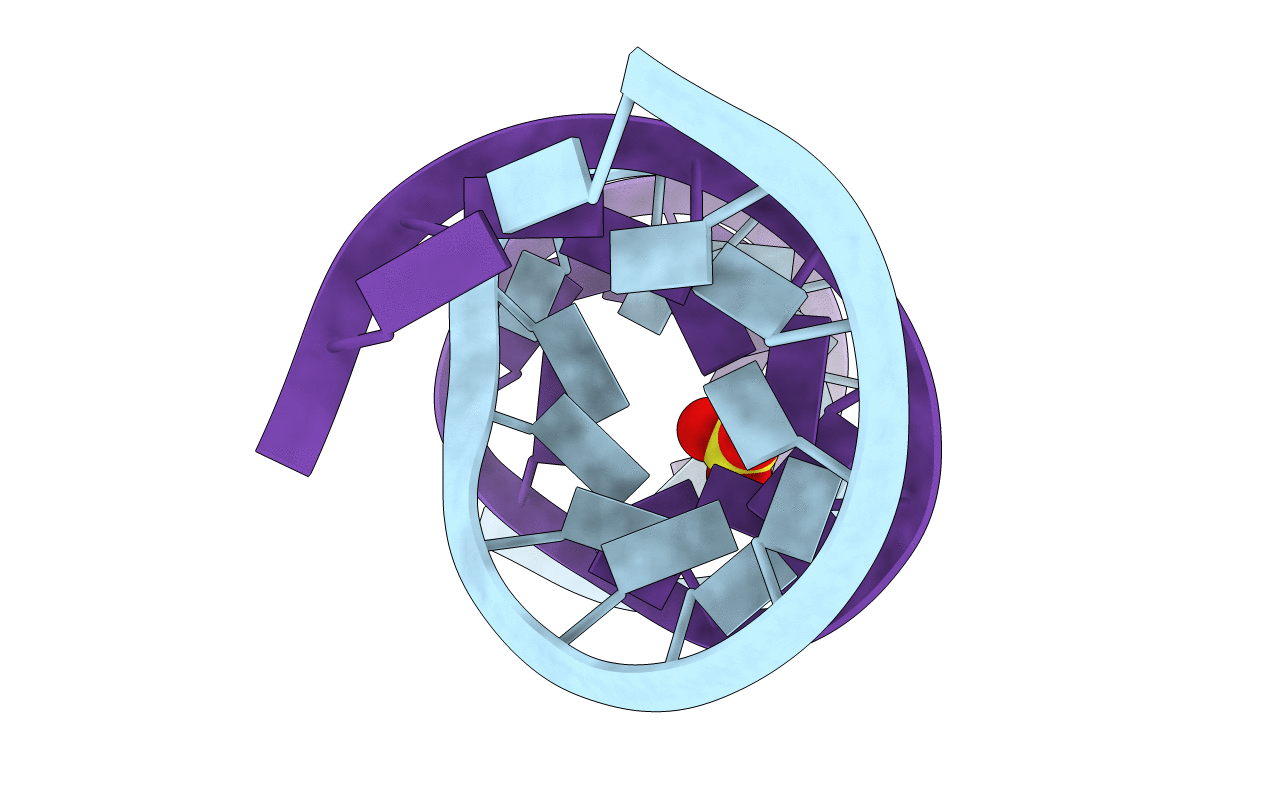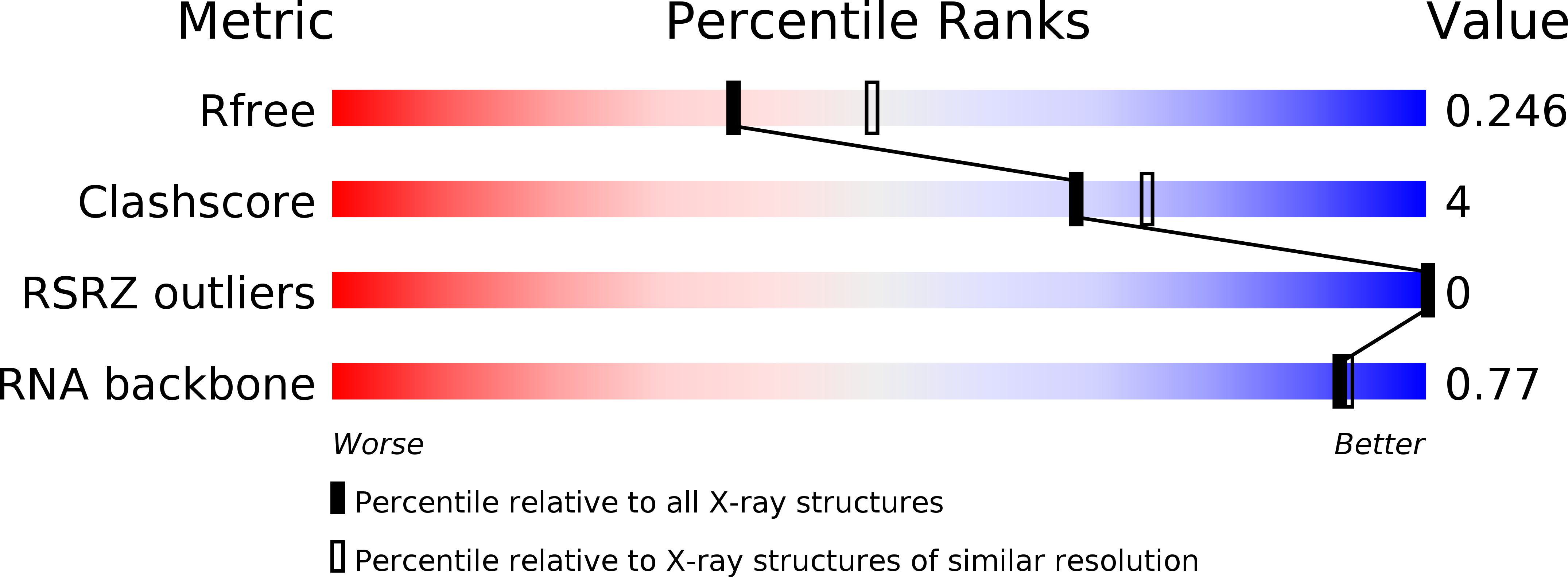
Deposition Date
2018-11-26
Release Date
2019-03-27
Last Version Date
2024-01-24
Entry Detail
PDB ID:
6IA2
Keywords:
Title:
Crystal structure of a self-complementary RNA duplex recognized by Com
Biological Source:
Source Organism:
synthetic construct (Taxon ID: 32630)
Method Details:
Experimental Method:
Resolution:
2.27 Å
R-Value Free:
0.24
R-Value Work:
0.21
R-Value Observed:
0.21
Space Group:
P 21 21 21


